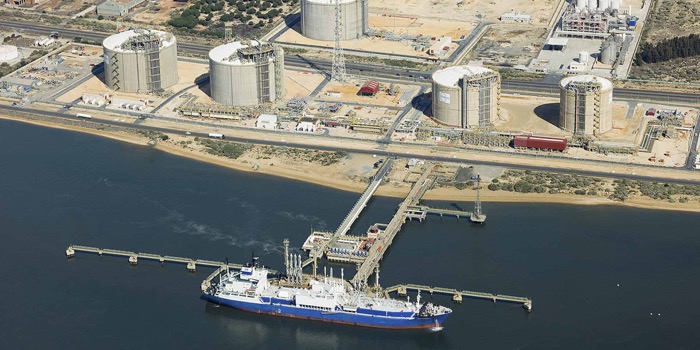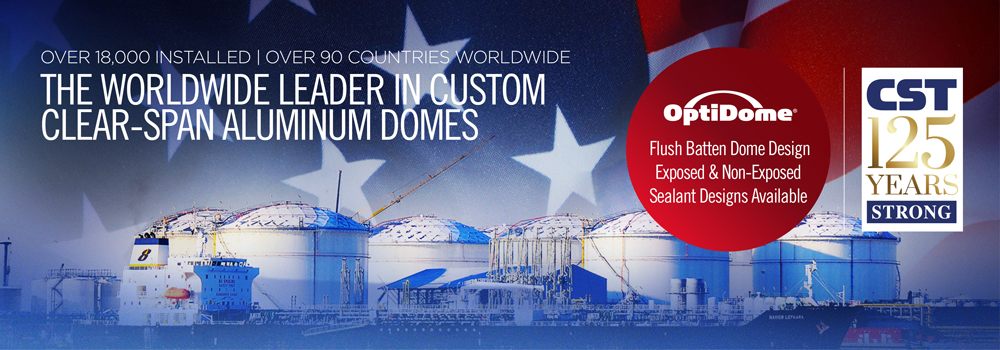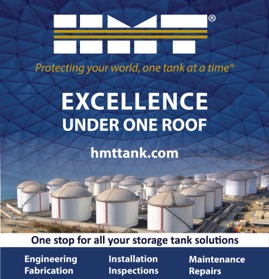Ayesa to redesign jetty at Huelva LNG terminal
Spanish engineering firm Ayesa is set to redesign the mooring jetty for the Enagás regasification plant in Huelva to allow small-scale vessels to be refuelled and vessels to be loaded with LNG for subsequent ship-to-ship bunkering.
The mooring jetty in Huelva will be the third designed by Ayesa, following similar ones in Barcelona and Cartagena, firmly putting the firm in a leading position amongst Spanish engineering companies for this kind of project.

Stefan Pardo, Head of Oil & Gas at Ayesa, explains that the company will be responsible for drafting the detailed engineering project, as well as the specifications for materials and equipment.
Methane tankers transporting LNG will unload fuel at the port at a very low temperature (-161 ºC). Enagás will then store it in a liquid state in total containment cryogenic tanks with outer concrete walls, before it is distributed in tanker lorries or regasified to be transported via pipelines.
In order to adapt the plant for these kinds of services, new pipe connections must be created on the mooring jetties, as well as monitoring and measuring systems to allow LNG to be loaded onto small-scale methane tankers through flexible hoses suitable for very low temperatures. These tankers will then refuel large vessels moored in the port or transport the LNG to other small-scale vessels.
The adaptation of the regasification plant in Huelva for it to provide such services forms part of the CORE LNGas hive project, the aim of which is to promote LNG as a fuel, mainly for marine use, in the Iberian Peninsula. This initiative, co-financed by the European Commission, is coordinated by Enagás and led by the Spanish state company, Puertos del Estado, which manages Spain’s state-owned ports.
The use of LNG as a fuel also contributes to improving air quality. LNG is an environmentally-friendly fuel as it does not release sulphur oxide (SOx) or particle matter (PM) into the atmosphere, as well as significantly reducing CO2 and nitrogen oxide (NOx) emissions, thus allowing ever more stringent environmental regulations and targets for emission reduction to be met.
For more information visit: www.ayesa.com
11th September 2018














